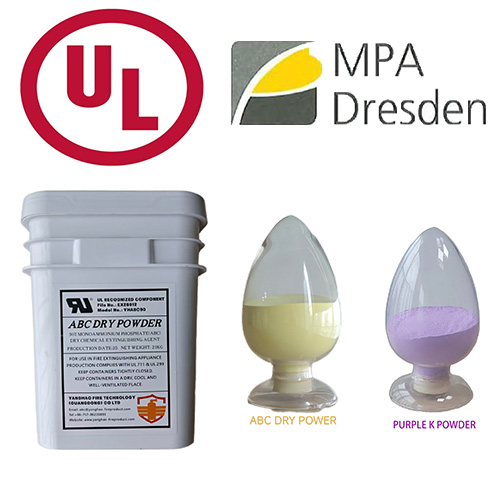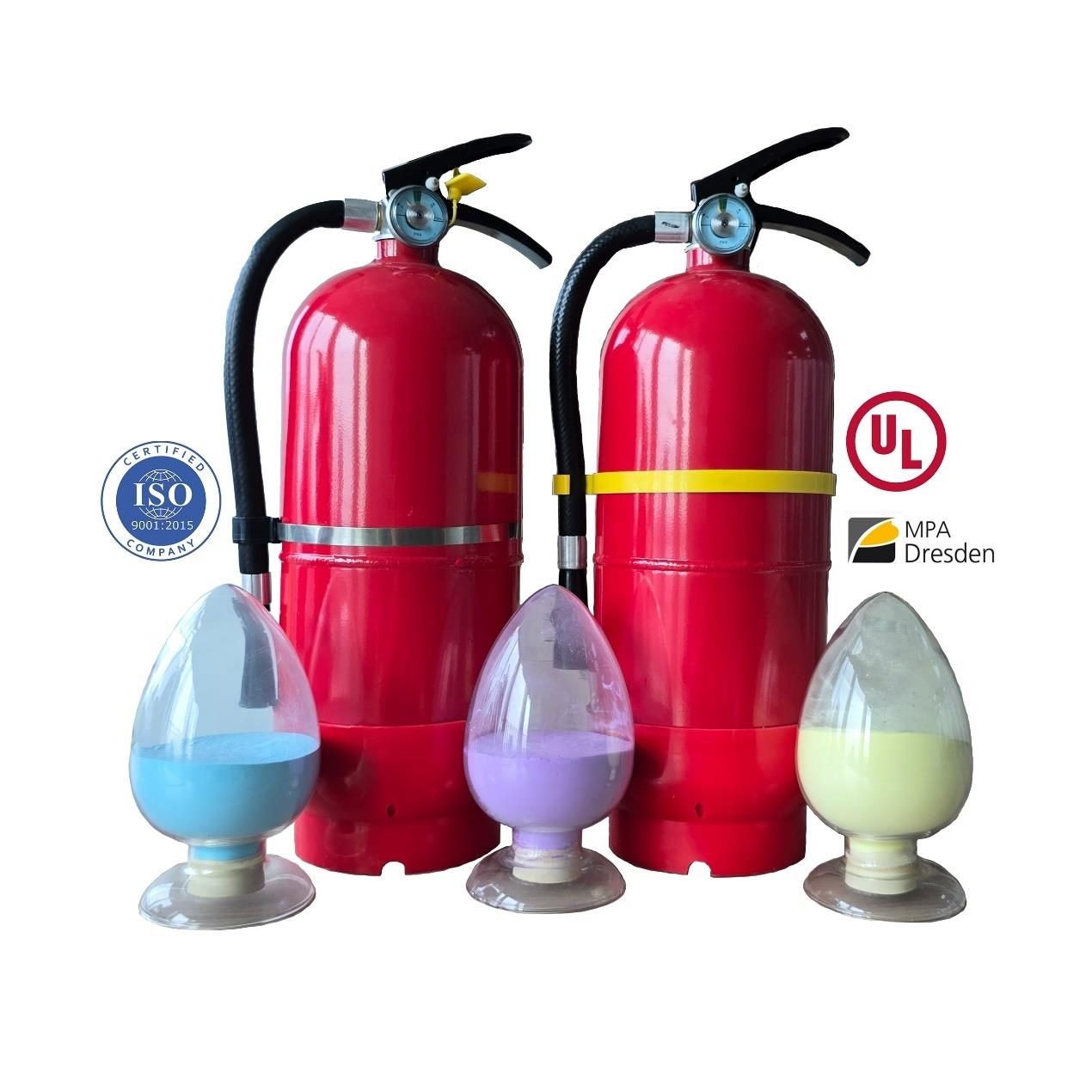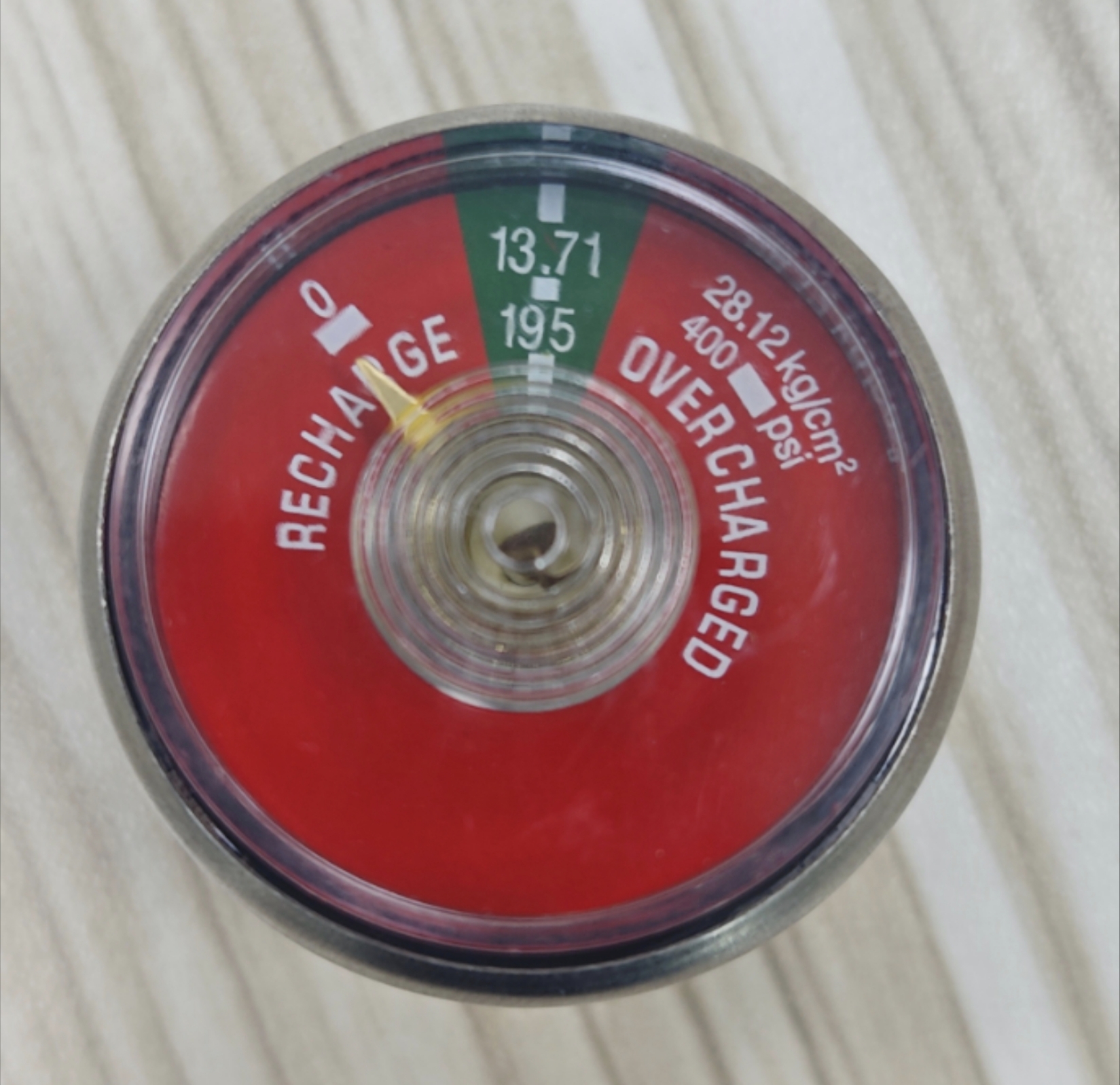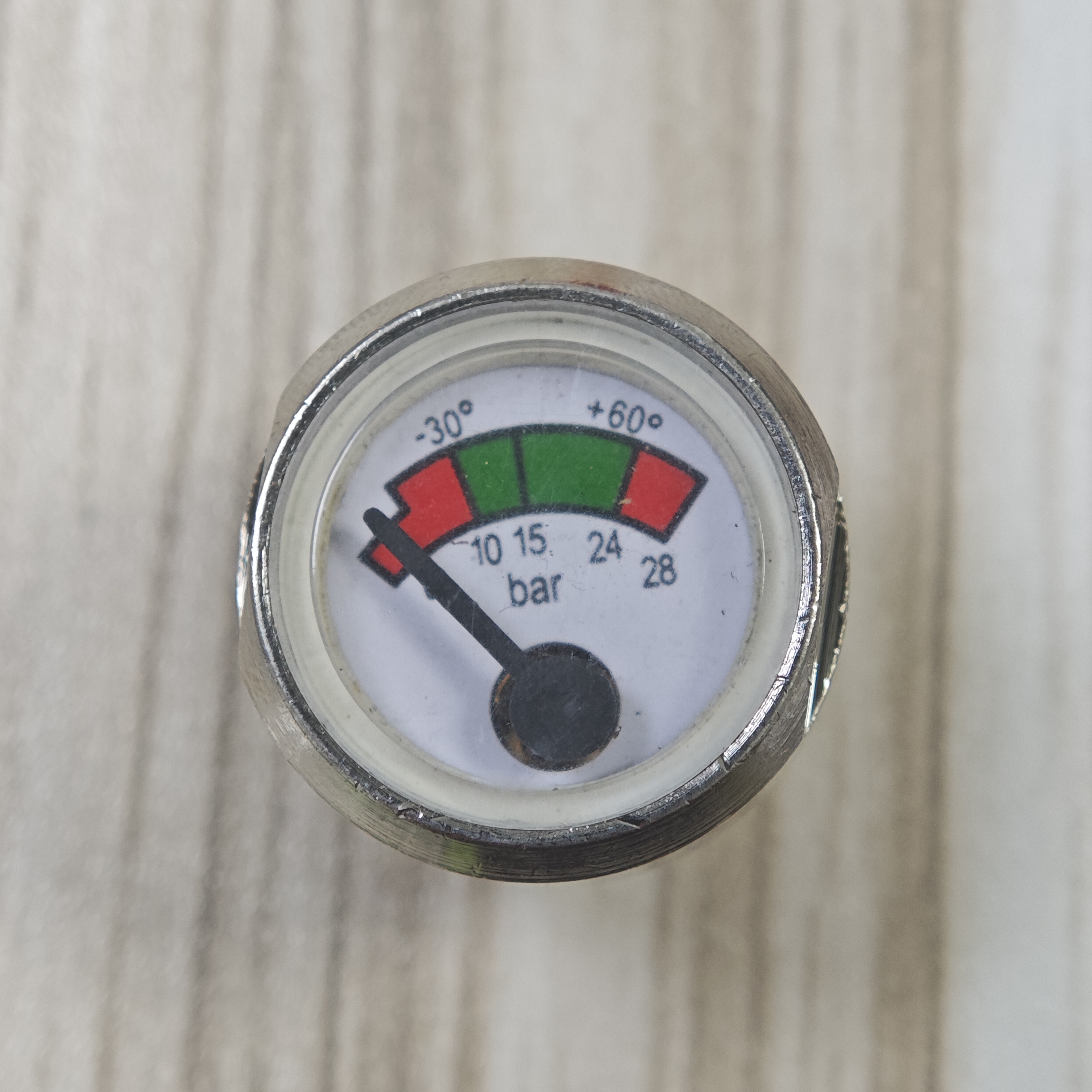Dry Powder Fire Extinguisher Inspection and Maintenance Guide: How to Read the Pressure Gauge and Check the Service Life
1. Introduction
The dry powder fire extinguisher is one of the most common and reliable fire protection tools used in homes, offices, warehouses, and industrial facilities. However, owning an extinguisher is not enough—knowing how to conduct regular fire safety inspection and proper extinguisher maintenance is critical to ensure it will work effectively in an emergency.
Two of the most important questions that users frequently ask are: How do I read the pressure gauge? and What is the actual service life of a dry powder fire extinguisher?
This guide provides a step-by-step explanation, offering practical tips to extend safety assurance and maintain compliance with fire regulations.
2. Why Regular Inspection Matters
Without regular fire safety inspection, a dry powder fire extinguisher may fail during an actual emergency. Common risks include:
Loss of pressure due to valve leakage.
Blocked nozzles from dust or corrosion.
Expired powder, reducing effectiveness.
Undetected damage caused by poor storage conditions.
Regular extinguisher maintenance ensures early detection of these issues, guaranteeing that the extinguisher performs as expected.
3. How to Read the Pressure Gauge Correctly
Every dry powder fire extinguisher comes with a pressure gauge that indicates whether the internal pressure is within the safe operating range. Here’s how to read it:
Green Zone → Normal pressure, extinguisher is ready for use.
Red Zone (Left / Low Pressure) → Indicates a leak or pressure loss. The extinguisher may not discharge effectively. Immediate extinguisher maintenance is required.
Red Zone (Right / Overpressure) → Indicates overcharging, often due to incorrect refilling or temperature exposure. This could lead to explosion risk.
During a fire safety inspection, always check the pressure gauge needle and ensure it remains in the green zone. If not, replace or service the unit immediately.
4. Checking the Service Life of a Dry Powder Fire Extinguisher
The service life of a dry powder fire extinguisher typically ranges from 5 to 10 years depending on the manufacturer and regulatory standards. Key points include:
Manufacture Date → Always check the label for the production year.
Expiry Date → Most extinguishers must be replaced or pressure-tested after 5 years.
Powder Quality → Over time, powder can absorb moisture and harden, reducing efficiency.
Professional Testing → Some regions require hydrostatic testing every 5 years to ensure the cylinder remains safe.
If an extinguisher is beyond its service life, it should be decommissioned and replaced immediately to guarantee safety.
5. Step-by-Step Fire Safety Inspection Checklist
For daily, monthly, or annual extinguisher maintenance, follow these guidelines:
Step 1: Visual Condition
Inspect the body for dents, rust, or corrosion.Step 2: Pressure Gauge Check
Verify that the needle stays in the green zone.Step 3: Seal and Pin
Ensure the safety pin is intact and sealed.Step 4: Hose and Nozzle
Confirm that they are free of blockages or cracks.Step 5: Service Life and Label
Check manufacturing and expiry dates for compliance.
This structured fire safety inspection routine helps prevent failures during critical emergencies.
6. Extinguisher Maintenance: When to Call a Professional
While simple checks can be done by users, professional extinguisher maintenance should not be ignored. Certified technicians can:
Conduct full disassembly and powder replacement.
Perform hydrostatic testing of the cylinder.
Refill and re-pressurize safely.
Provide compliance documentation for insurance or legal audits.
This professional care ensures your dry powder fire extinguisher remains reliable throughout its service life.
7. Conclusion
A dry powder fire extinguisher is only as reliable as its inspection and upkeep. By learning how to read the pressure gauge, conducting routine fire safety inspection, and respecting the extinguisher’s service life, users can ensure their equipment will function effectively when needed most.
Consistent extinguisher maintenance not only protects property but also saves lives. Every business and household should integrate these inspection steps into their safety protocols.





